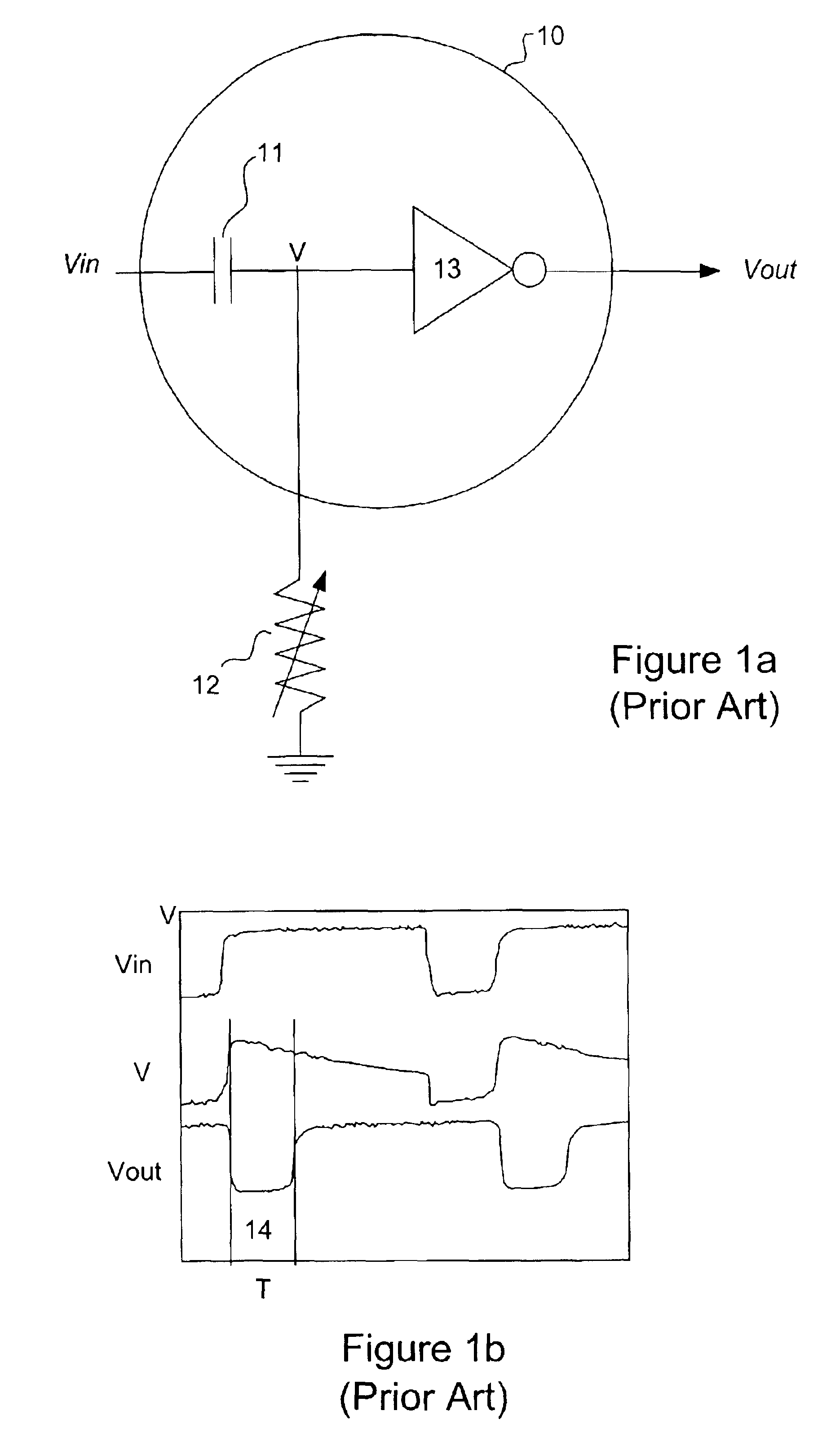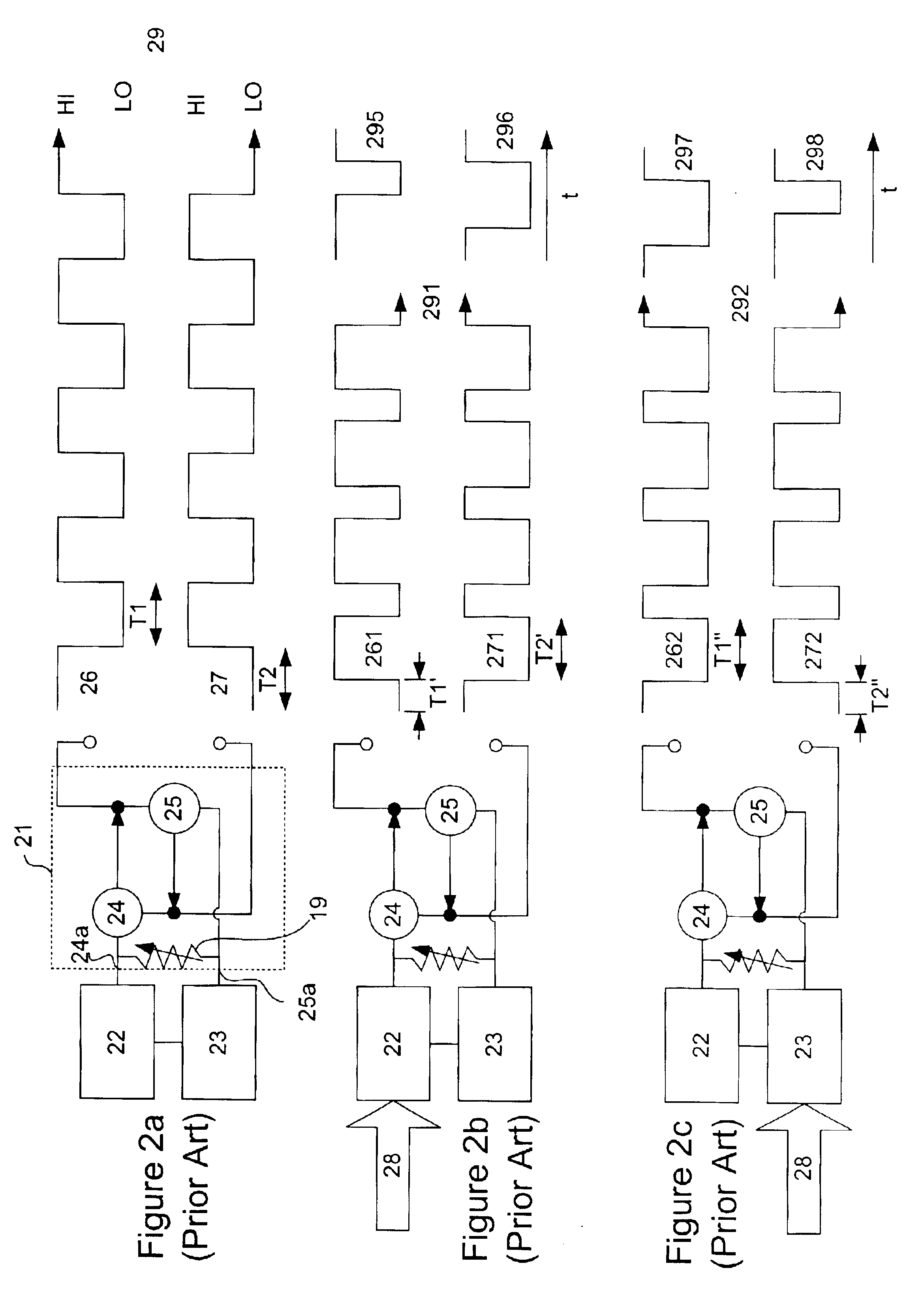Active optical component alignment system and method
a technology of active optical components and alignment systems, applied in the field of component alignment, can solve the problems of increasing optical insertion loss, slow method of aligning input and output ports, and progressively more complicated method of aligning optical components
- Summary
- Abstract
- Description
- Claims
- Application Information
AI Technical Summary
Benefits of technology
Problems solved by technology
Method used
Image
Examples
Embodiment Construction
[0054]The invention overcomes the limitations of the prior art by providing an improved method of controlling an actuating mechanism for the positioning of a component within an optical alignment system.
[0055]An optical component alignment system is proposed using a “neural controller” circuit coupled to a photodetector and to an actuator mechanism, wherein an optical intensity based feedback signal is provided by the photodetector to the neural controller as feedback indicative of the relative positioning of the optical component.
[0056]U.S. Pat. No. 5,325,031, in the name Tilden and entitled “Adaptive robotic nervous systems and control circuits therefor”, herein incorporated by reference, discloses a coupled differentiator controller circuit which exhibits characteristics of biological neurons. Configurations of this “neuron”10 are adaptable for use within a control circuit for automatically aligning optical components to a common optical signal. A figure of an examplary neuron ci...
PUM
| Property | Measurement | Unit |
|---|---|---|
| degrees of freedom | aaaaa | aaaaa |
| degrees of freedom | aaaaa | aaaaa |
| frequency | aaaaa | aaaaa |
Abstract
Description
Claims
Application Information
 Login to View More
Login to View More - R&D
- Intellectual Property
- Life Sciences
- Materials
- Tech Scout
- Unparalleled Data Quality
- Higher Quality Content
- 60% Fewer Hallucinations
Browse by: Latest US Patents, China's latest patents, Technical Efficacy Thesaurus, Application Domain, Technology Topic, Popular Technical Reports.
© 2025 PatSnap. All rights reserved.Legal|Privacy policy|Modern Slavery Act Transparency Statement|Sitemap|About US| Contact US: help@patsnap.com



